Spirito Sangue

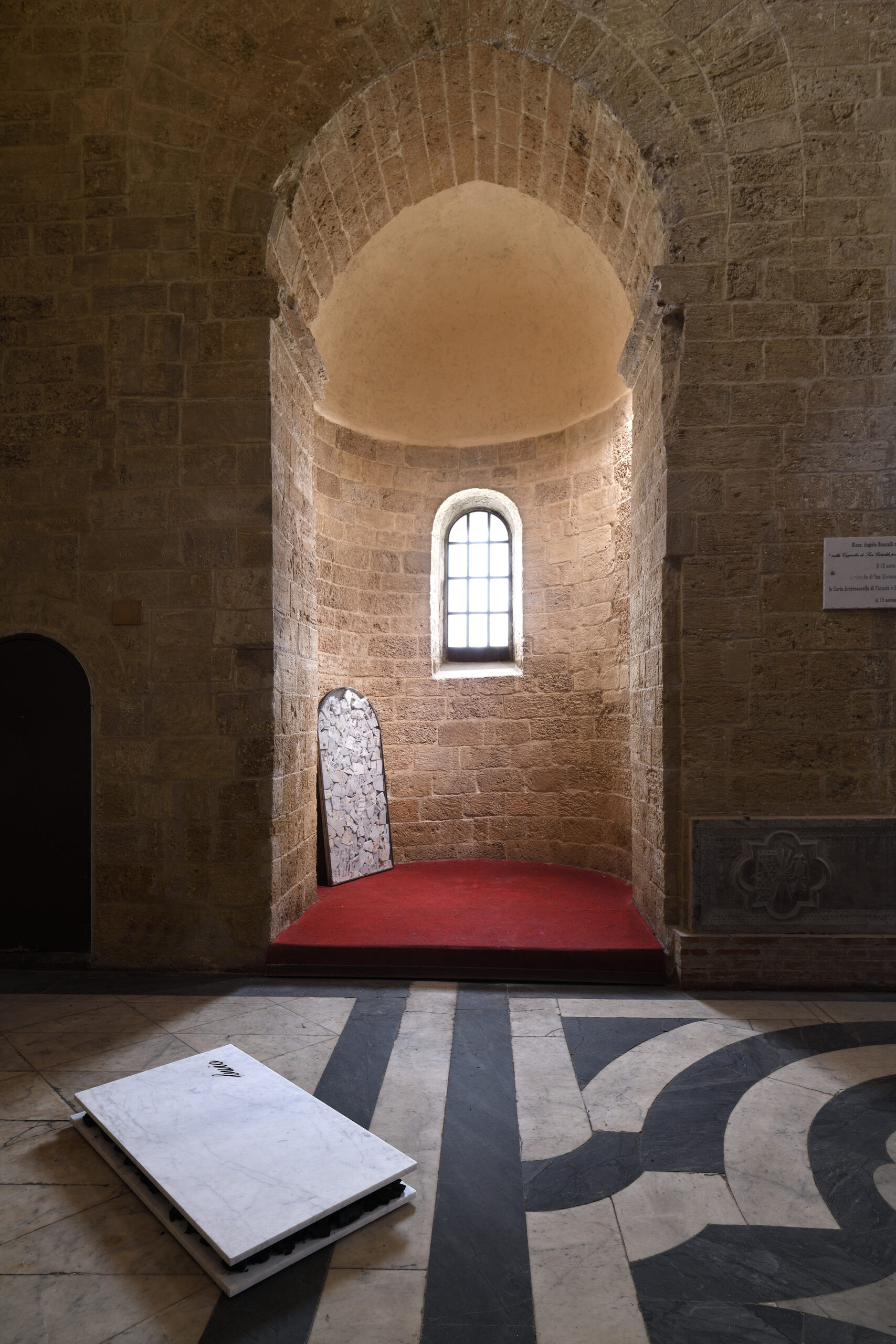
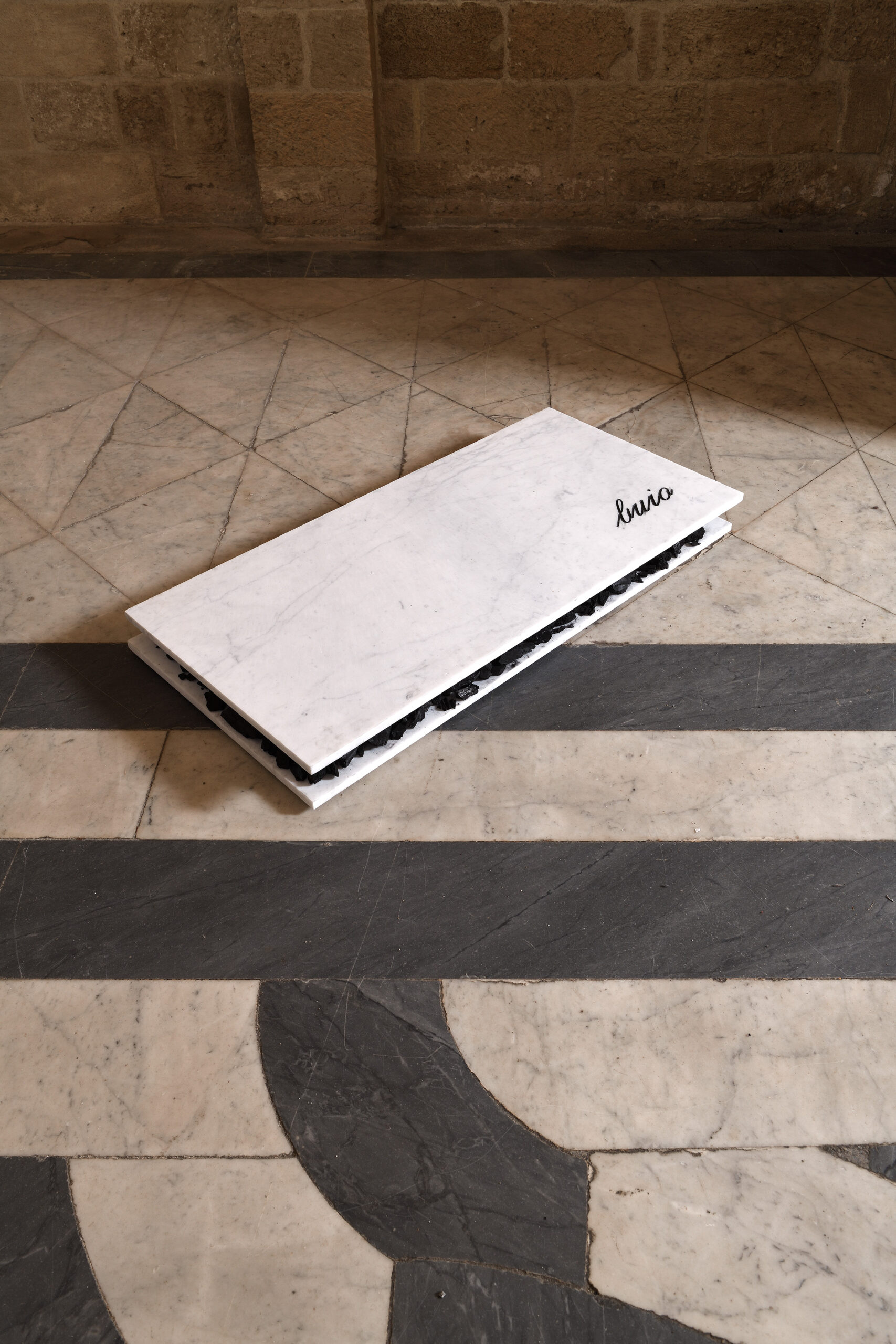
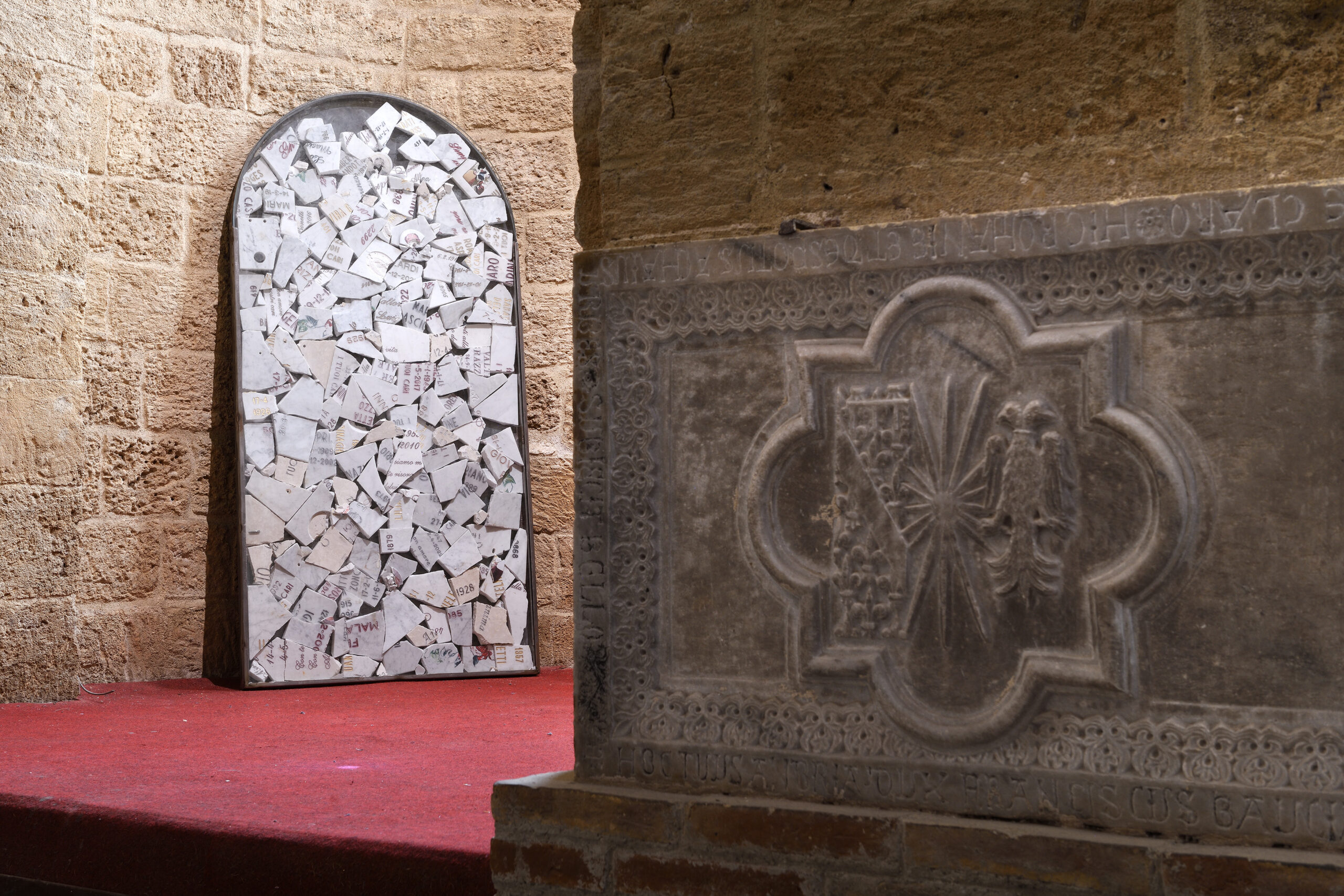
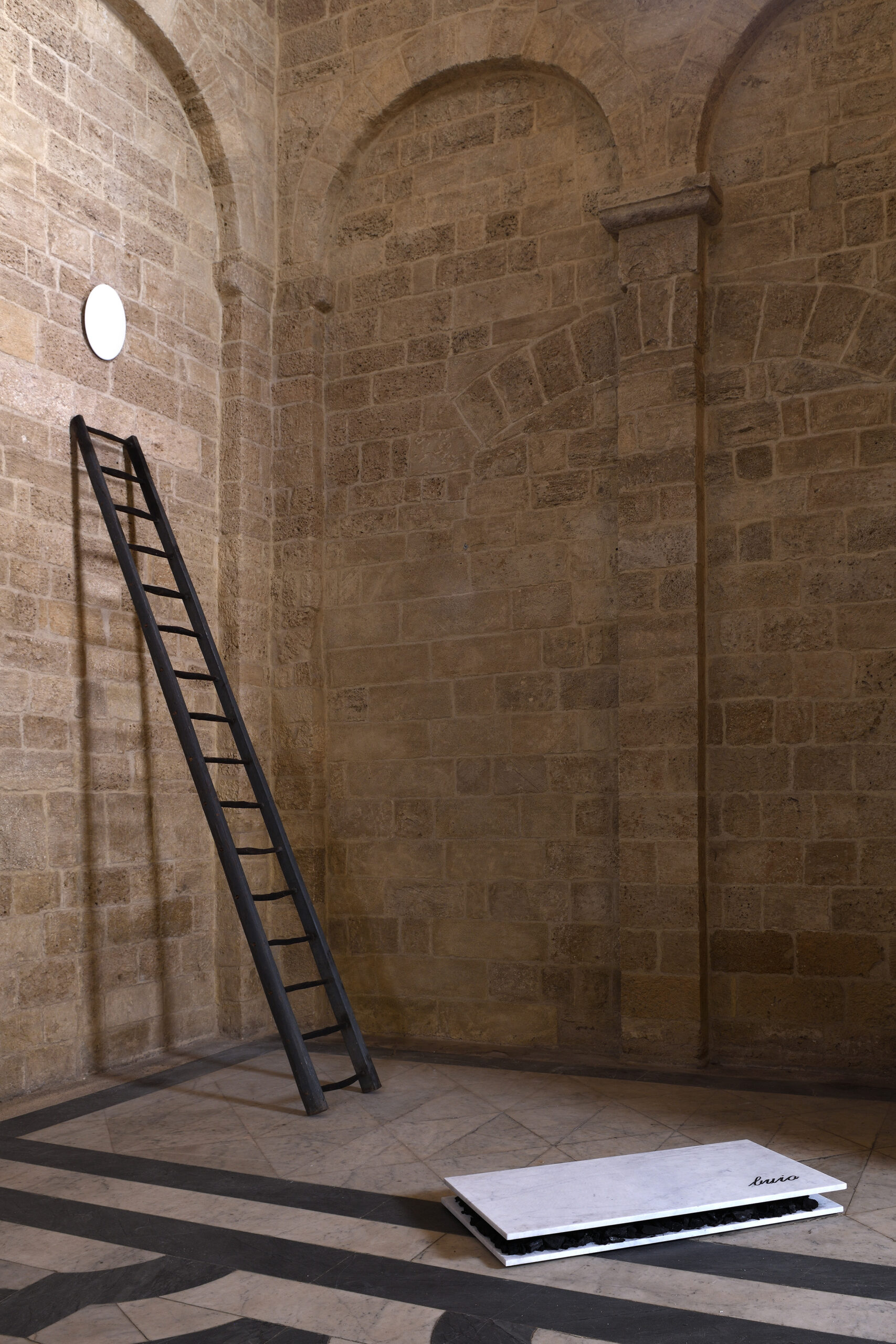
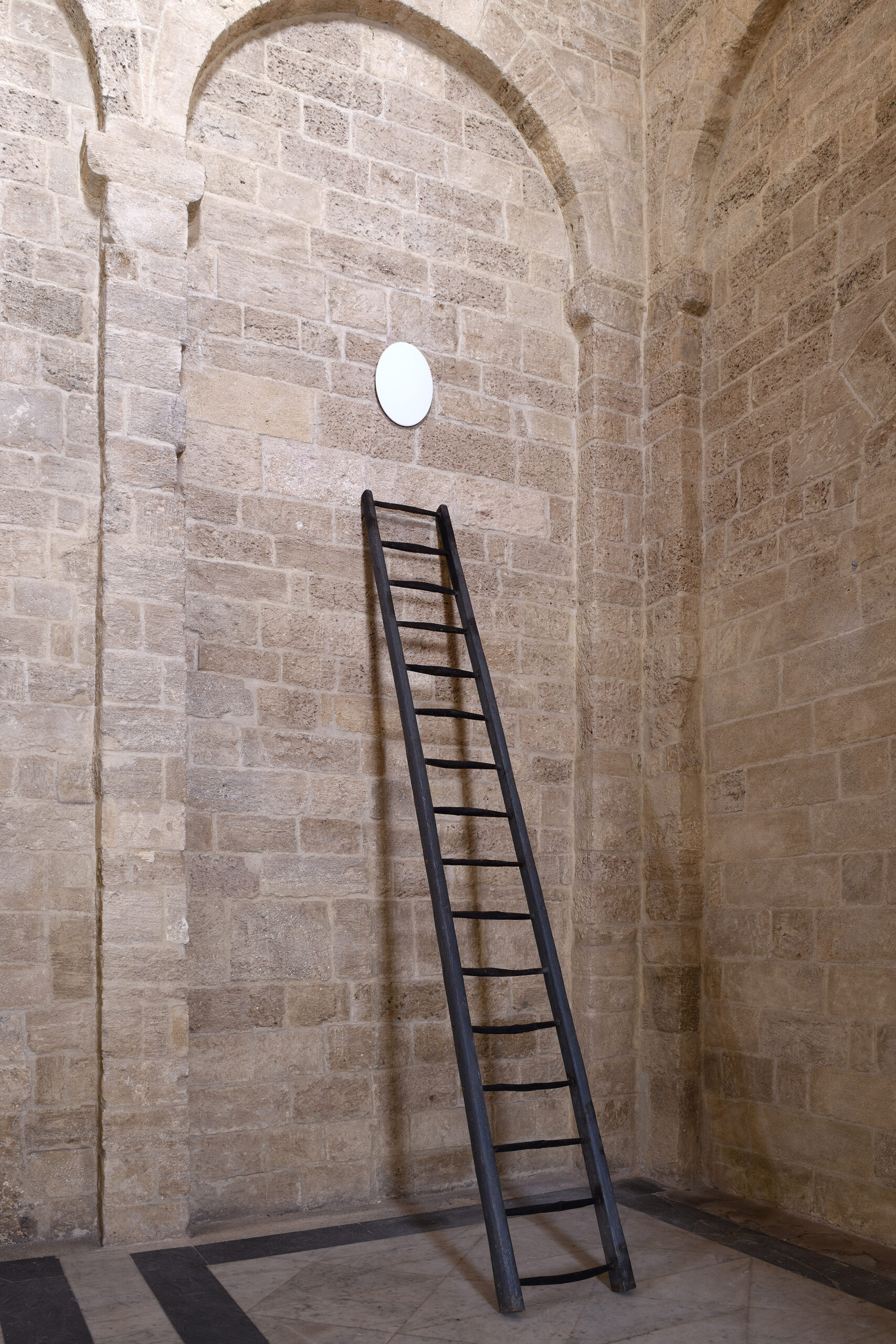
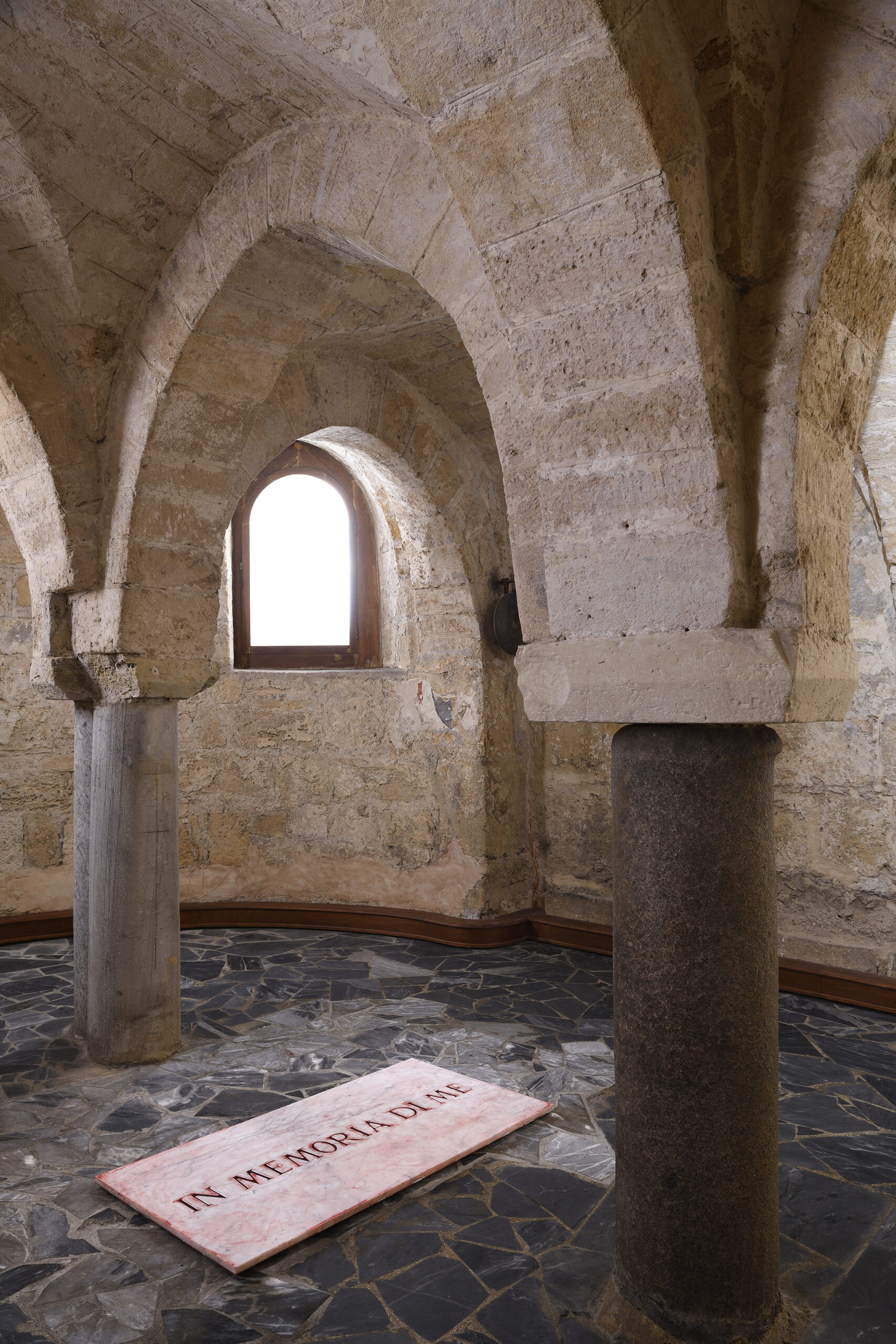
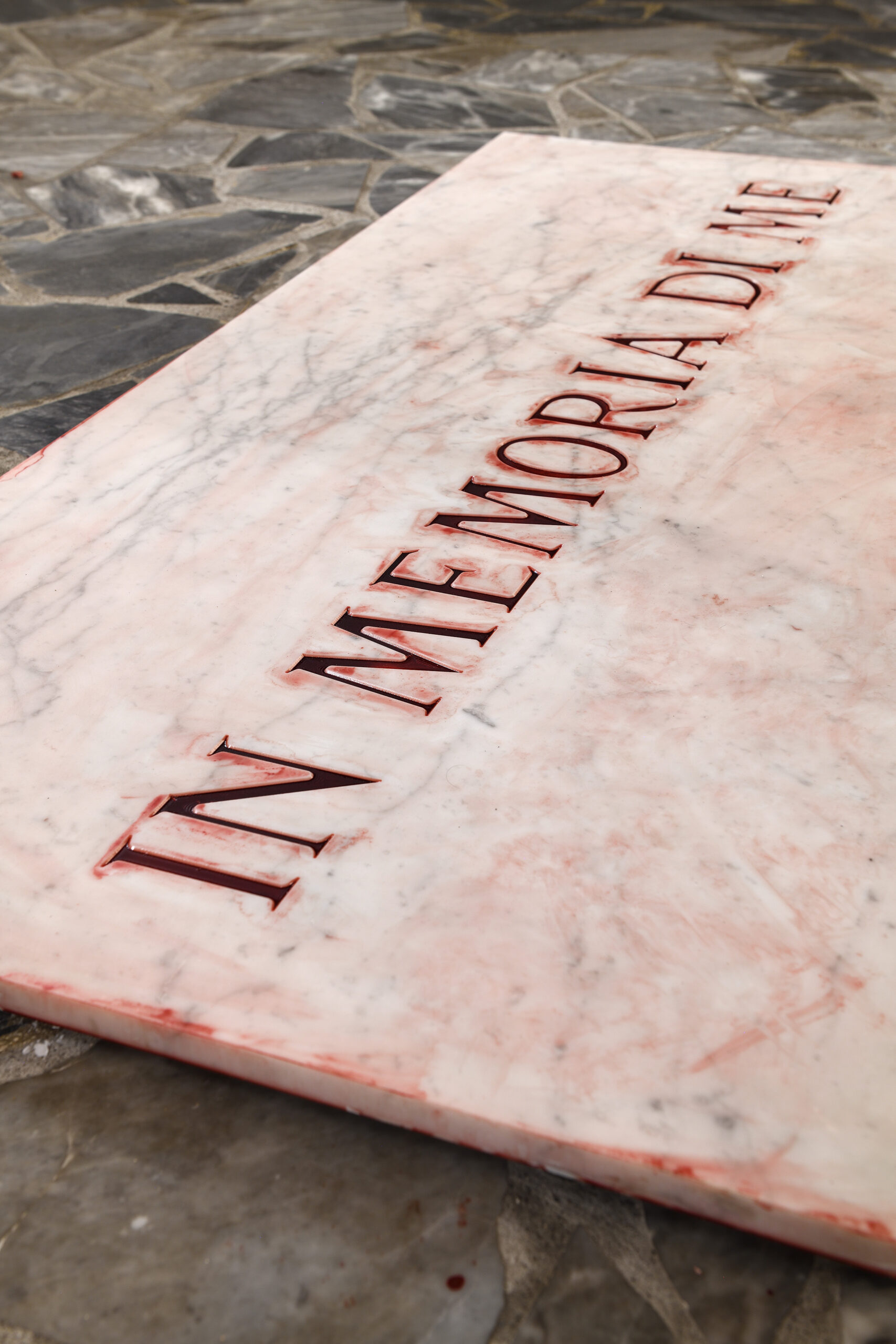
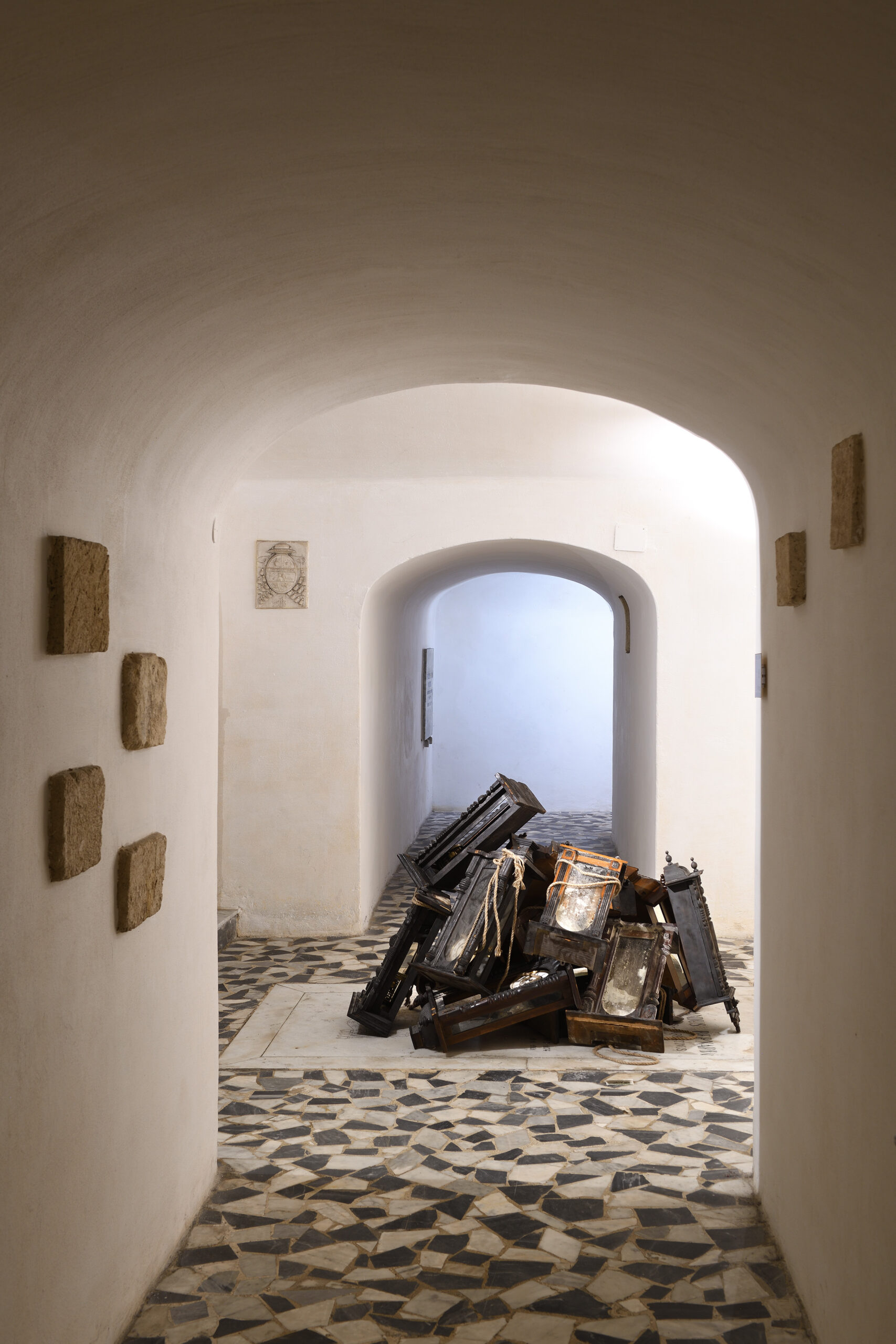
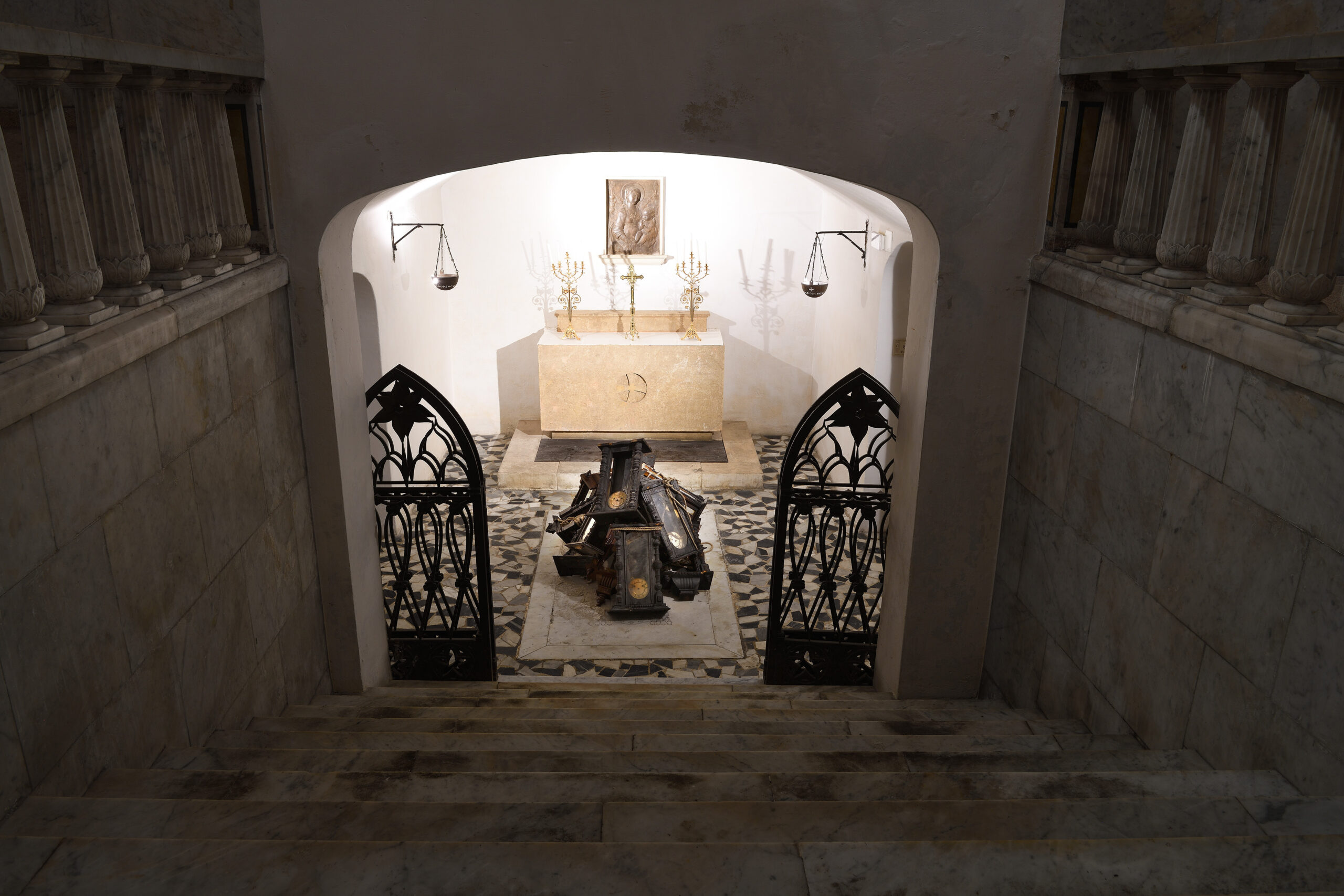

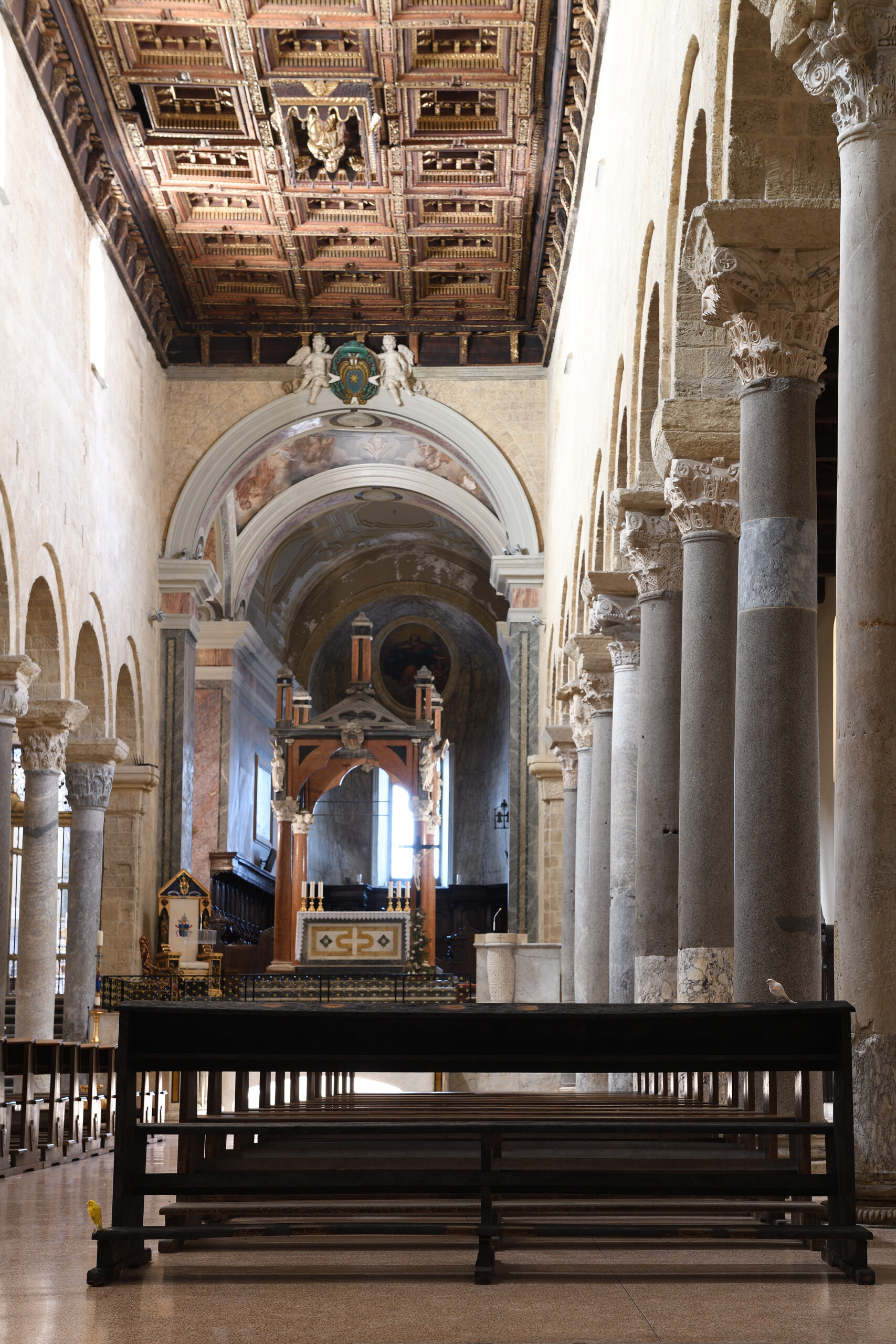
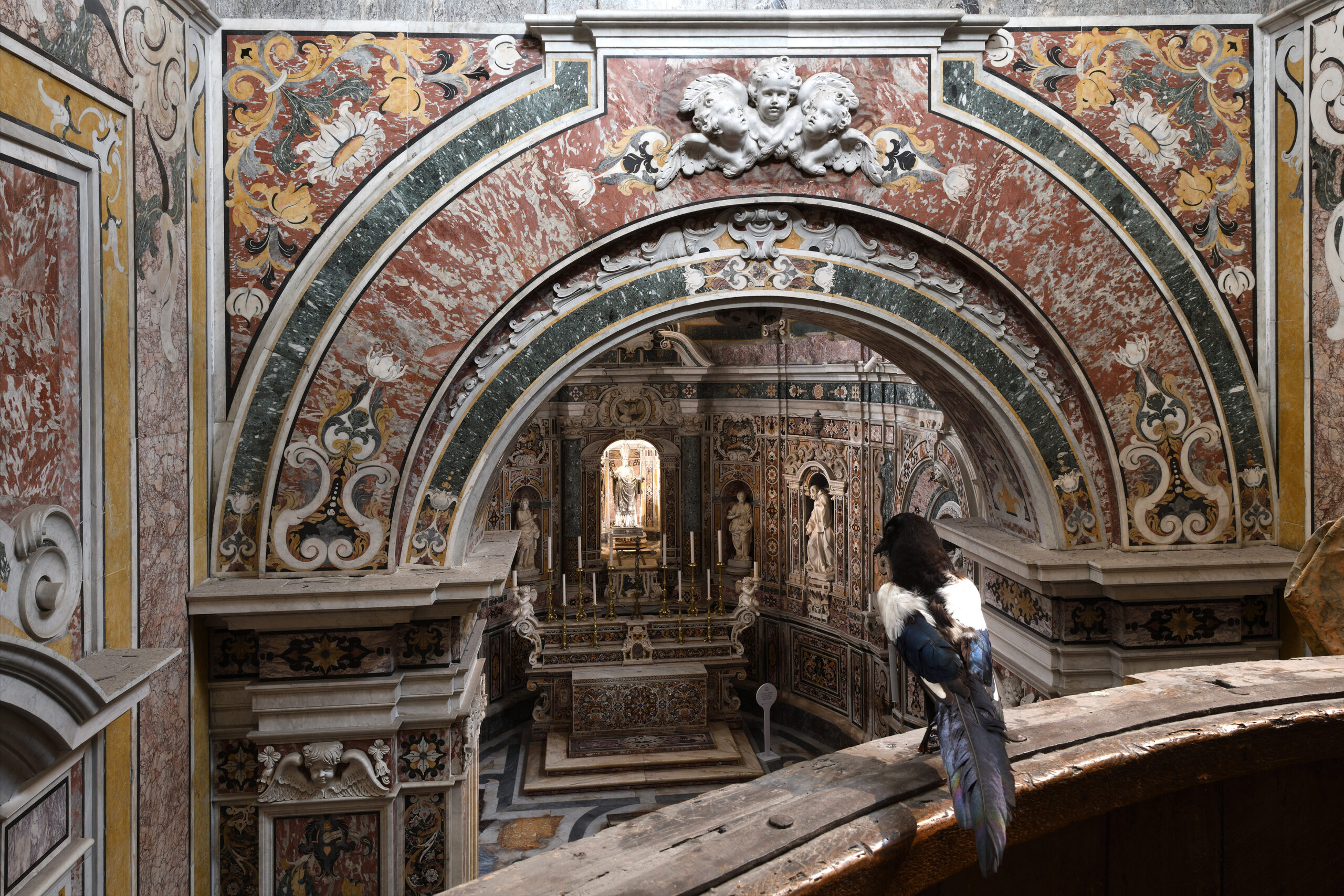

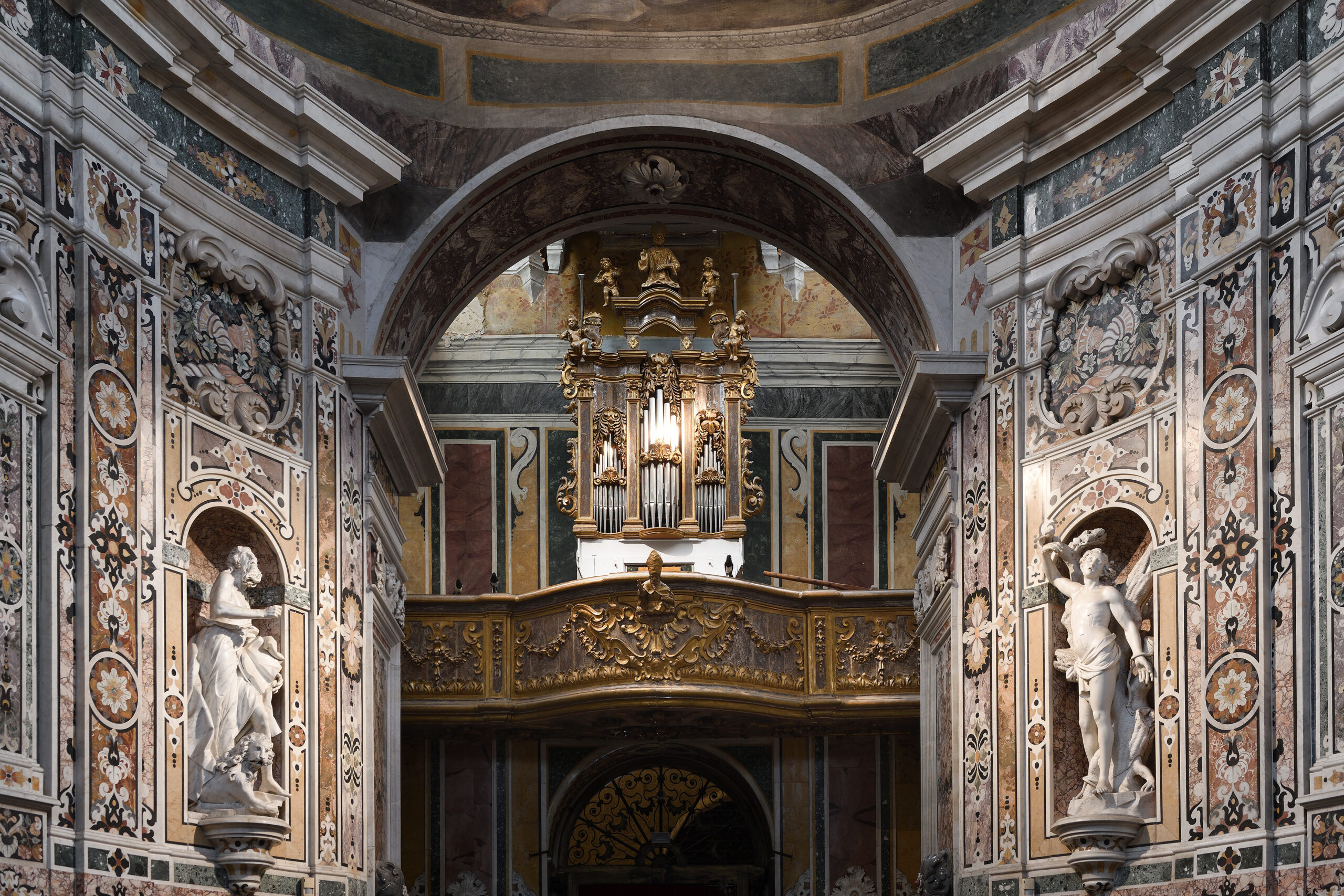
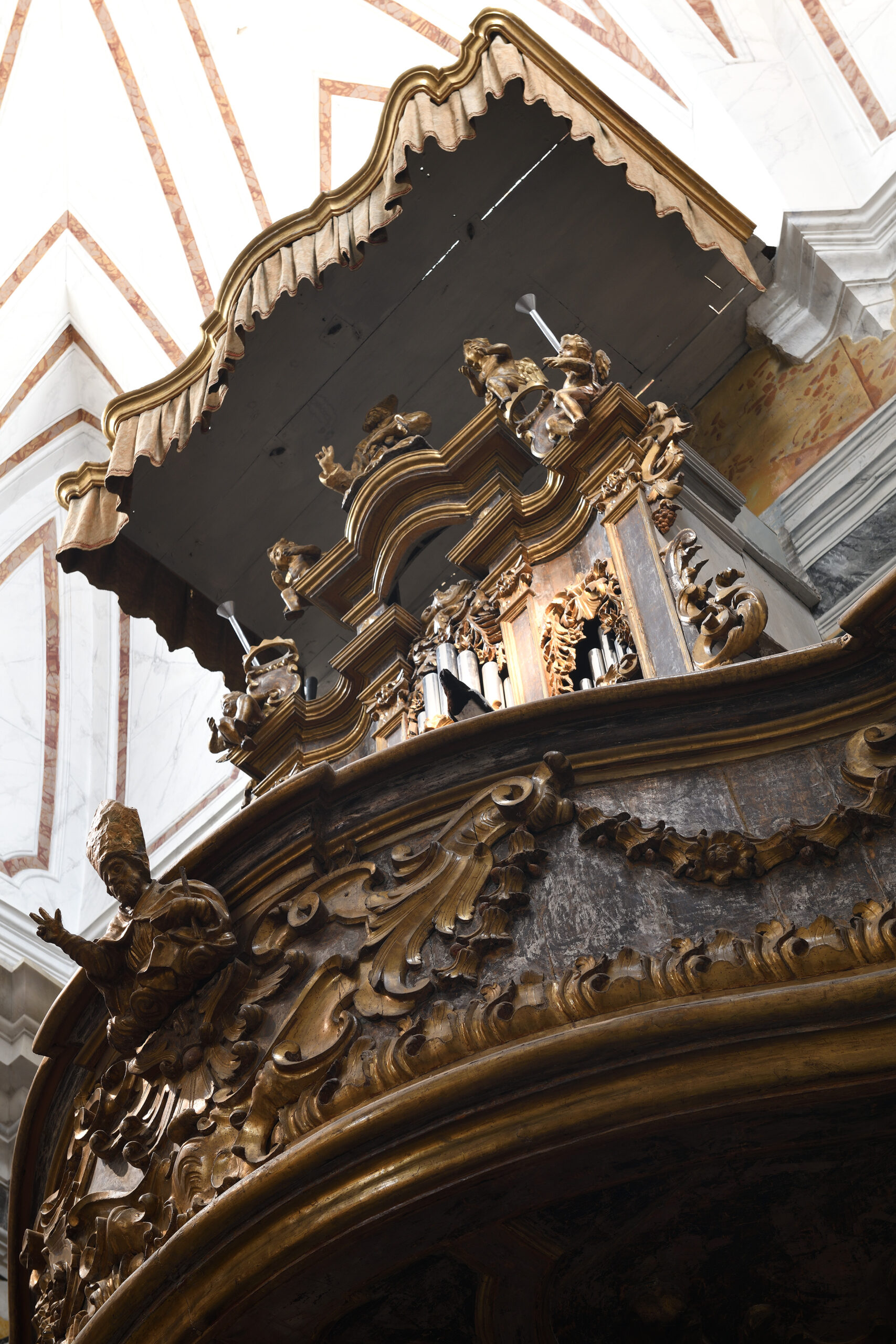
Lorenzo Montinaro returns to Taranto like an exile stepping onto haunted soil. Spirito Sangue is not a homecoming—it is a descent. A city of stone, dust, and heavy air, Taranto carries the weight of lives dissolved without trace. Here, disappearance does not wait for time—it seeps into the walls, mingles with the breath, settles on surfaces, until even the hardest matter begins to vanish.
Montinaro carves within this erosion. His medium is the forsaken gravestone: slabs of marble once charged with holding names, now forgotten, cast aside, stripped of purpose. His method is destruction—but within that, a fierce reverence for what remains. He does not simply erase: he subtracts with precision, letting letters rise from the void—fractured epitaphs, hovering between memory and oblivion. In these broken inscriptions, language itself crumbles: half-buried, barely able to speak.
In Spirito Sangue, Montinaro does not only confront death’s weight, but the gravity of place. Some works are site-specific, born in direct dialogue with the Duomo of Taranto—a church that, like the artist’s practice, stands between preservation and decay. Within its walls, stone has borne centuries of devotion and disintegration alike. His carvings echo this delicate tension, where the sacred is never separate from loss, and history always hovers at the edge of erasure.
The exhibition emerges in the context of the Catholic Jubilee—a solemn time of reckoning, atonement, and renewal. Within this framework, Montinaro looks upon man as sinner, and each work, in its own way, reflects this. The title itself lowers man toward the soil, stripping him of idealization, returning him to his fragile matter. Blood, spirit, memory—these are the invisible elements of the show. But the truest material, the one that binds them all, is time.
Alongside incised marble and charred wood, Montinaro places iconic relics and taxidermy animals: mute witnesses of a presence that has turned into absence. Canaries on a bench, drawn from the domestic sphere—their silent presence speaks of those no longer there, of humanity quietly erased.
Pendulums without hands, without hours, punctuate the space. Objects robbed of their purpose, where beauty survives only as long as it resists. An inverted pendulum—violent, silenced—can chime no more. The initiation into silence is sacred.
There is irony here, bitter and sharp: thieving magpies, drawn to light like worshippers in a cathedral, become portraits of the artist himself. Creatures lured by the divine, yet guilty—of stealing images, symbols, memories. The piece placed in the crypt, conceived specifically for that space, uses lamb’s blood—slowly absorbed by the marble, turning it into a relic. It does not rest on the altar, but in the crypt, where once an altar stood. “Do this in memory of me” becomes not only a liturgical echo, but a call to collective remembrance—a prayer against forgetting.
Montinaro’s work is threaded with the voices of those who, before him, wrestled with death. The poetry of Salvatore Toma, the mourning rites explored by Ernesto De Martino—they resound at the edges, not as direct references, but as shared obsessions. His chisel is not an instrument of inscription, but of erasure—a backwards writing, where the absence of a name speaks louder than its presence.
Spirito Sangue is no monument. It is a wound, an exposure, a warning—that nothing, not stone, not memory, not breath, escapes the grasp of disappearance. The exhibition inhabits the Duomo of Taranto, where Montinaro’s works rise like silent witnesses, suspended between what is lost and what refuses to be forgotten.


